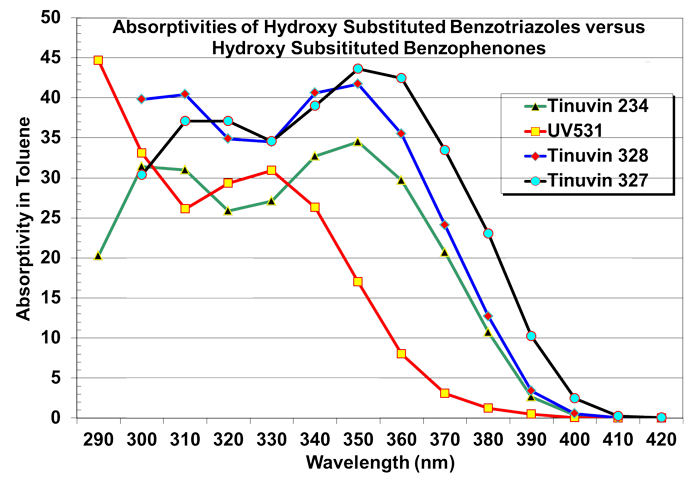Analysis…
There are lots of places to have polymer analysis done, so why choose us? Well, there are some very good reasons. Firstly, the analytical work means nothing without competent, professional, interpretation of the data. Stabilization Technologies can deliver not just the results, but we can explain what they mean to you, the customer. With a huge database of information developed over the last four decades, you won’t be starting from scratch. We can quickly and definitively identify not only additives such as slip aids, lubricants, UV and heat stabilizers (everything from hindered amines through hindered phenolics and synergists), anti-blocks, plasticizers (e.g. phthalates) and brominated flame retardants, we can also detect their degradation products. Another great reason to choose us is that we don’t just find the problem for you, we provide the solution, whether it be through our problem solving skills, or through our range of additive technologies. If you don’t see the analysis you need, contact us so we can arrange to get the work done for you. We can work to ASTM (or other) standards and even devise custom test methodologies for you.
A brief list of just some of our capabilities includes:
- HPLC – Low molecular weight additives extracted from the polymer
- GC – Chemical analysis of low molecular weight species
- GPC / SEC – Molecular weight and molecular weight distribution (including high temperature GPC of polyolefins, polyesters and nylons)
- ICP-AES – Metals content down to ppm and ppb levels (including Pb, Cd, Cu, Fe, Ce, V, Cr, Sn and the whole range of metals)
- Elemental analysis – C, H, N, O, S, P
- SEM – Surface topology
- TEM – Particle size analysis and size distribution (including digitized and statistical analysis according to relevant ASTM standards)
- MFI/MVR – Polymer flow (relates to product quality and molecular weight)
- FTIR – Chemical analysis
- NMR – Multinuclear NMR reveals chemical structure of molecules
- Microscopy – Visible, IR and x-ray microscopy
- Ion Chromatography – Chemical identification of complex formulations
Primary and secondary antioxidant identification and quantification against a database of known products. Detailed knowledge of trace impurities can even point to a certain manufacturer. Quantification of degradation products allows differentiation between active and consumed stabilizer.
Dye and pigment identification against an extensive database. In house algorithms allow pigment formulation to hit absorption and transmission targets in the visible, IR and UV ranges.
Analysis of triclosan, polychloro biphenyl ethers, polychlorodibenzo-dioxins, polychlorodibenzofurans, isothiazolones, benzisothiazoles, and many other antimicrobials, antibacterials and commercially available additives used in the plastic industry.
Stress analysis on molded parts of PPO (Noryl®) and polycarbonate.
All EPA, REACH, PAH and Bay Protons listed in all European regulations for Rubber and Vulcanized tires and on Naphthalenic oils used in tires.


